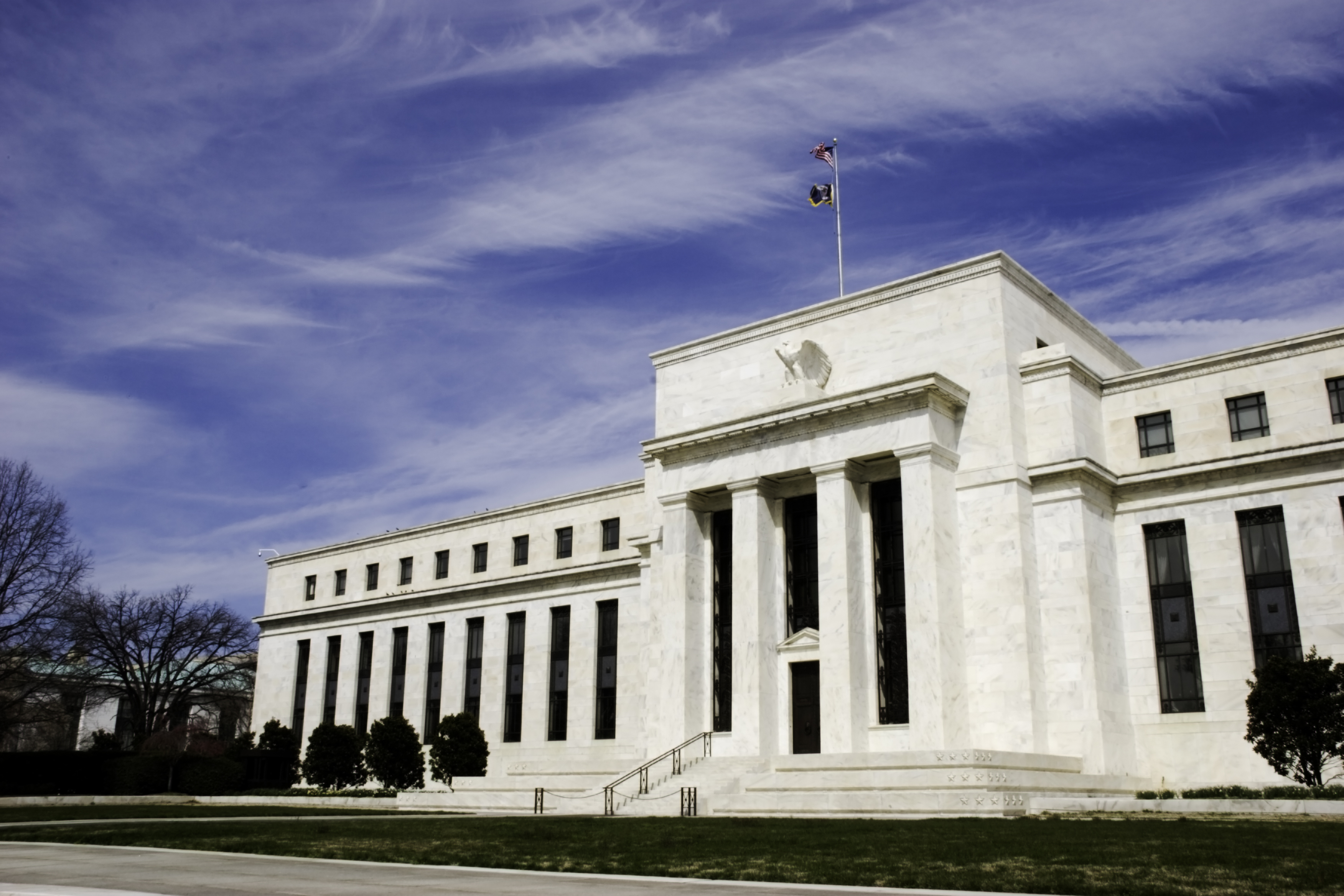
Government Accountability Office issues report finding oversight system too fragmented and complex.
Politicians, advocacy groups, and businesses have all seemed to call for financial regulatory reform during this election cycle. Now, even the U.S. Government Accountability Office (GAO) has joined the chorus. Recently, it issued a report on the state of the regulatory system, identifying areas for reform and calling on Congress and the President to work together to make changes.
The GAO undertook to analyze a regulatory structure that has evolved over 150 years, one piece at a time in response to discrete crises. Its report seeks to show how well the basic components of the financial sector are working: depository institutions, securities and derivatives markets, and insurance. What the GAO finds is that the oversight of these different components is seriously fragmented, overly complex, and suffering from a lack of collaboration between both domestic and international institutions.
The GAO found extensive fragmentation, overlap, and duplication – instances in which multiple federal agencies are involved in the same areas of oversight with similar goals and even overseeing the same institutions. For example, the report points out that four different agencies—the Office of the Comptroller of the Currency (OCC), the Federal Reserve, the Federal Deposit Insurance Corporation (FDIC), and the National Credit Union Administration (NCUA)—monitor the safety and soundness of depository institutions.
When it comes to overseeing securities and derivatives markets, the report notes the overlapping involvement of the U.S. Securities and Exchange Commission (SEC), the U.S. Commodity Futures Trading Commission (CFTC), state regulators, the Financial Industry Regulatory Authority (FINRA), and the Municipal Securities Rulemaking Board (MSRB). The Federal Reserve can also oversee securities activity when the relevant institution is a bank-holding company.
When it comes to oversight aimed at managing overall systemic risk in financial markets, the Financial Stability Oversight Council (FSOC), composed of members from many agencies, has collective responsibility for this mission. However, according to the GAO, the FSOC’s authorities and mission are too vague to provide the kind of sweeping and coordinated oversight that Dodd-Frank Act intended when it established FSOC.
In addition to noting the fragmented and overlapping structure of financial regulation, the GAO report argues that the structure’s complexity leads to inefficiencies, inconsistencies, and delays in regulatory action. For example, the report maintains that because some financial markets are separate but interconnected, such as securities markets and futures markets, the presence of both the SEC and the CFTC monitoring these markets sometimes creates conflicting requirements and uncertainty about regulatory responses to market activity.
Furthermore, the GAO report stresses that this complexity limits agencies’ ability to coordinate with international financial bodies, whose standards are often designed for countries with fewer regulatory institutions. For example, the report explains how it has been hard for the multiple agencies that oversee banks to reach a consensus on whether and how to comply with the Basel Accords, which have become the global standard for one type of risk management, which also makes it more difficult for the U.S. to convey a single, consistent position to the global community.
The GAO report goes on to detail how the lack of collaboration between existing agencies might threaten the health of future oversight. It argues that although collaboration has improved since the FSOC was created, the oversight council does not have access to some key information, such as the existing monitoring tools and outputs developed by the Office of Financial Research (OFR) and the Federal Reserve, which regularly “conduct broad-based systemic risk monitoring efforts that use quantitative and qualitative information to monitor” the health of the system. And the report goes further to claim that even collaboration between the OFR and Federal Reserve is limited.
The report urges Congress to look into recent and pending legislation to consider whether additional changes to the regulatory structure would reduce and manage fragmentation and overlap. It asks Congress to consider consolidating the number of agencies or at least transferring some authorities into fewer agencies, and to consider whether legislative changes are necessary to align FSOC’s authorities with its mission.
To the FSOC, the report recommends refining the OFR’s monitoring tools and advising the Federal Reserve to incorporate the FSOC’s findings into its regular reviews. The report urges the OFR and the Federal Reserve to articulate their goals, both individual and shared, and to devise a new, collaborative plan for future monitoring.
It seems improbable that many of these changes will happen soon, considering that the report was issued during an election year. However, when the time comes, regulators will find in the GAO’s report yet another template for reform aimed at simplification and streamlining of regulatory oversight.



